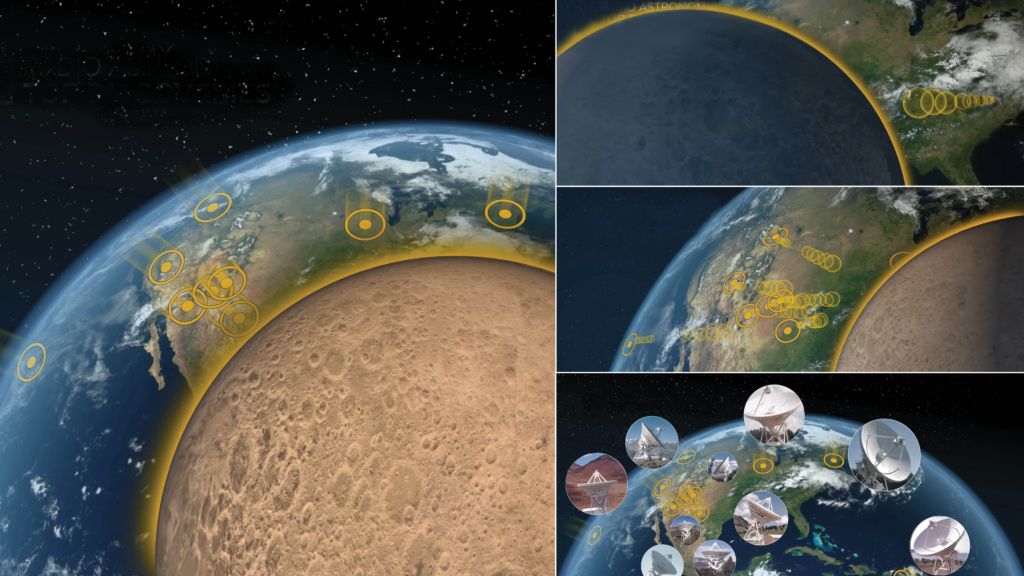
Ground-based radar could be one of our best tools against asteroids, new decadal survey finds (Image Credit: Space.com)

Could radar telescopes be the key to protecting planet Earth?
According to the new decadal survey by the National Academies of Sciences, Engineering, and Medicine, one of the best tools to help protect the planet against the impact of near-Earth objects (NEOs) like asteroids is ground-based planetary radar.
The decadal survey, in which researchers look ahead for the next ten-plus years, calls for the further development of radar systems to aid in planetary protection by imaging newly discovered NEOs. Those images could help determine the probability and severity of a potential impact. Fortunately, several such projects are in the works by the National Radio Astronomy Observatory (NRAO), which operates telescopes across the globe, and the Green Bank Observatory (GBO) in West Virginia.
Related: Japanese scientists 1st peek inside Hayabusa2 asteroid sample capsule
“Ground-based radar observations of NEOs provide invaluable information for long-term tracking,” the survey said. “Because NEO impact energy scales with density, diameter, and velocity, and radar can constrain all of these, planetary radar observations are an important post-discovery characterization technique.”
Such duties might’ve once been assigned to the Arecibo Observatory in Puerto Rico, once the world’s most powerful radar system and radio telescope. But Arecibo unexpectedly collapsed in December 2020, leaving a void in the industry.
The NRAO and the GBO, however, were already in the midst of upgrading the Very Long Baseline Array (VLBA) in Hawaii and the Green Bank Telescope (GBT) in West Virginia to work with Arecibo when the disaster struck, and the two systems are now poised to help fill the void. (That said, the NRAO had made clear that these two systems are not designed to be a full replacement for Arecibo.)
“At NRAO and GBO, we have a long history of participation in planetary radar studies, and we look forward to adding new capabilities to the GBT and VLBA to produce a next-generation radar system that will serve as an essential tool for researchers in planetary science and planetary defense,” Patrick Taylor, radar division head for NRAO and GBO, said in a statement.
The Planetary Science and Astrobiology Decadal Survey 2023–2032 was published on April 19, 2022.
Follow Stefanie Waldek on Twitter @StefanieWaldek. Follow us on Twitter @Spacedotcom and on Facebook.








